Prepping for Radon
A few hundred dollars of prevention can save future headaches.
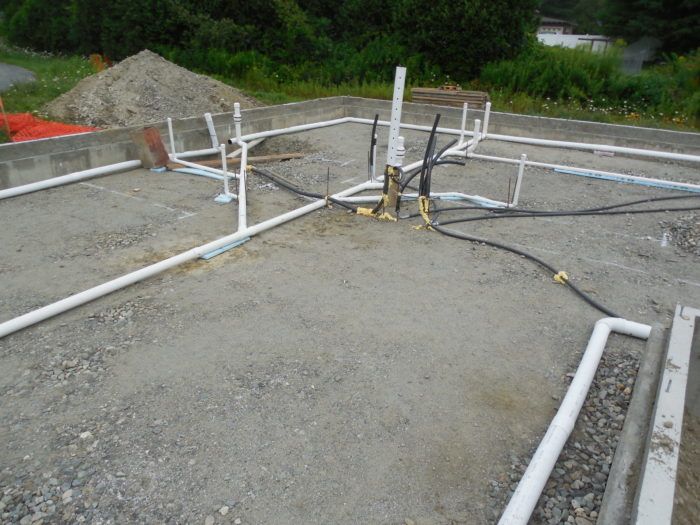
Radon is a no stranger to this area of the country. Not all homes have a radon problem but it’s impossible to know if a new home will have a problem until it’s complete. Trying to remediate the problem after a home is finishes is cumbersome and ugly. It’s better to prep for radon now and not need it, than to cut a corner and wish you hadn’t later on.
The goal is to prevent radon from ever entering the living space of the house. To do this, we install 4-in. perforated pipe 1 ft. inside the perimeter of the foundation and then bring it to a T-fitting, which joins the pipe to a vertical stub out. Once the house is framed, the vertical perforated pipe in the photo is changed to a solid pipe, extended to the attic space through an interior wall, and capped off until it’s needed–if at all.
If it is needed, a radon installer will mount a fan in the attic, which is outside the living space, and the pipe will be extended through the roof where the radon is blown away to parts unknown.
A few hundred dollars in materials upfront sure beats hammering holes in the concrete slab later. Plus, while there are things that can be hidden with strategically placed shrubbery or by matching paint colors, a large, ugly pipe and fan mounted to the exterior of the home are not among them.

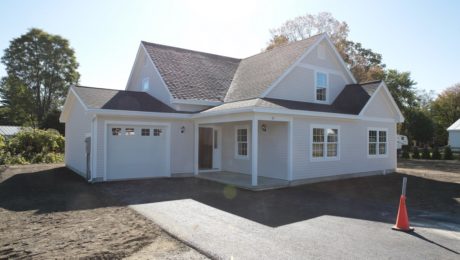
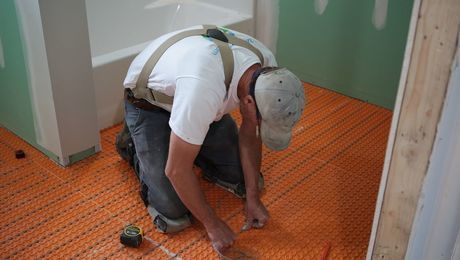
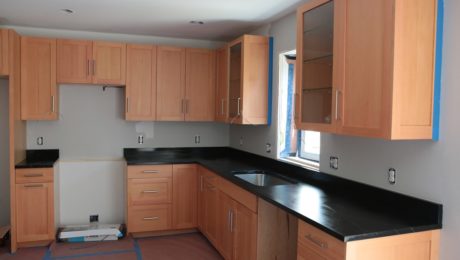
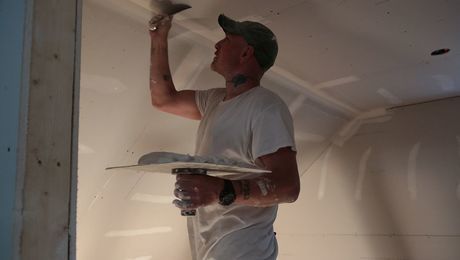



























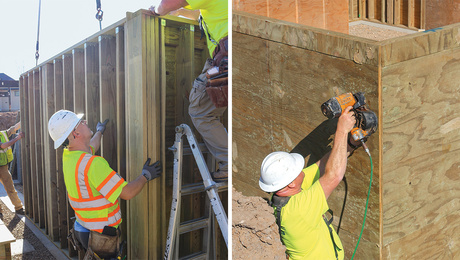
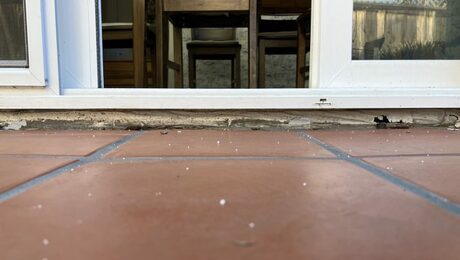
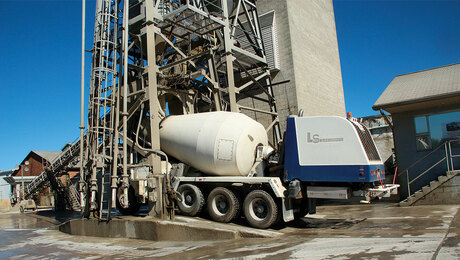










View Comments
Radon Resistant New Construction homes have been the law in Illinois since 2013 but we still find many builders are unaware of it or choose to ignore it. Thanks for the good synopsis.